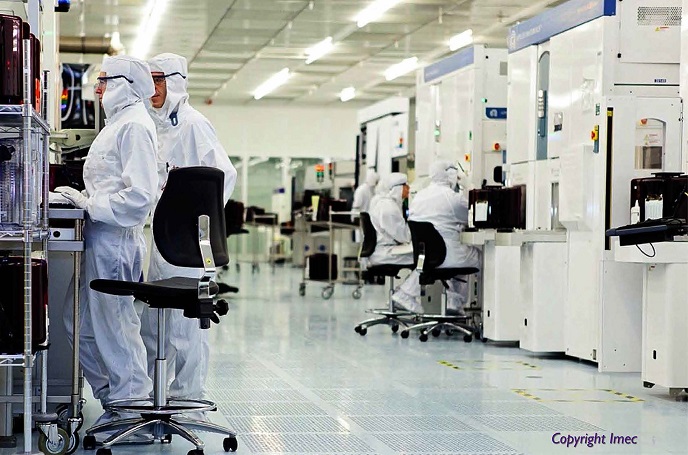EU strengthens nanoelectronics training through research
Approximately 1 000 researchers are currently active in the quantum nanoelectronics field, and 150 PhD students are graduating every year. This PhD number needs to be increased to meet industry needs in terms of highly skilled scientific staff in micro- and nanoelectronics and related fields. The Q-NET(opens in new window) (Quantum nano-electronics training) project is a European network of experts providing state-of-the-art training for early-stage researchers. Particular focuses are on spintronics, molecular electronics, single electronics, quantum dots and nanowires, and nano-cooling. Its goal is to improve the training level of European researchers in the quantum nanoelectronics field. To this end, 14 PhD students and 2 postdoctoral researchers were recruited and received training on a wide set of expertise. Q-NET also brought together a set of complementary expertise to enhance trainee employability in both industry and academia. Project achievements were varied and numerous. Q-NET contributed to a deeper understanding of quantum devices based on individual nano-objects and phase-coherent phenomena. New concepts, new materials and new approaches were developed and applied to ultimately develop new kinds of nanostructures with exciting new features. Although renowned for its extraordinary properties, graphene exhibits spatial doping disorder, the so-called electron-hole puddles. Using scanning-tunneling microscopy on a single graphene device, researchers in France demonstrated that ripples and charge puddles in screened graphene are spatially correlated. Graphene quantum dots are considered promising candidates for solid-state spin qubits due to their predicted long spin lifetimes. To initialise, manipulate and read out such qubits, access to the discrete energy levels of the quantum dots are needed. In Switzerland, fellows performed finite-bias spectroscopy of a three-terminal graphene quantum dot that revealed a rich spectrum of lines of enhanced conductance outside the Coulomb diamonds. Cooling microscopic objects to temperatures near absolute zero requires unconventional refrigeration technologies. Q-NET fellows in France and Italy proposed a new design for a superconducting refrigerator in which cooling is performed in a cascade of steps. Due to this multistage operation, the refrigerator can cool down a normal metal with improved performance compared to similar refrigerators. In Finland, another project achievement was the demonstration of electronic thermometry on the microsecond timescale. The device is based on a superconductor-insulator-normal metal tunnel junction coupled to a radiofrequency resonant circuit. Q-NET organised four sessions of the European School on Nanosciences and Nanotechnologies regarding quantum nanoelectronics, combining both theoretical and practical training. Project results have also been published in numerous peer-reviewed journals.







